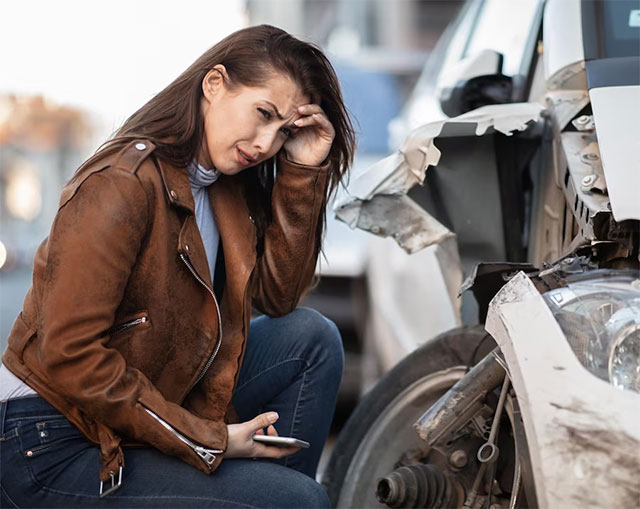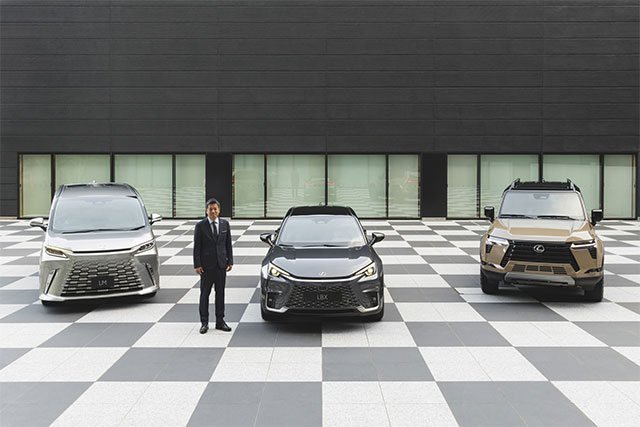We’ve all been there, no shame in admitting it – that heart-stopping moment when our car decides to tango with a tree, cozy up to a ditch, or give a lamppost a little nudge. Single-vehicle accidents happen, but don’t sweat it! Let’s look at what makes them tick, how to avoid them, and what to do if you find yourself in one.

Table of Contents
Causes of Single-Vehicle Accidents: – Let’s Unveil the Mystery
Distracted Driving – Keep Your Eyes on the Road
In a world full of things that grab our attention, like smartphones and those fancy car entertainment gadgets, it’s easy to get distracted. Glancing away for a split second can lead to a sudden off-road adventure. One quick glance away can lead to an unplanned off-road adventure. Stay focused on driving; that meme can wait!
Speeding – Racing Games Are For Consoles
Sure, speeding down the road like you’re in a movie might feel cool, but it’s a quick ticket to losing control. As hinted by the injury lawyers in South Jersey, speeding is one of the most dangerous things a driver can do, as it reduces your reaction time and makes handling curves and obstacles a real challenge.
Weather Woes – Slippery When Wet
Mother Nature can be a tough opponent. Rain, snow, or ice can turn your car into a slip ‘n slide. Slow down, keep your distance, and stay extra alert when the weather goes rogue.
Fatigue – Tired? Take a Break
Ever tried driving when you’re half-asleep? It’s like being in a bad dream. Fatigue messes with your judgment and reaction time, making you more prone to wandering off the road.
Preventing Single-Vehicle Accidents – Take the Wheel
Stay Off the Phone – Driving Is the Main Event!
Texts, calls, and funny cat videos can wait until you’re parked safely. Put the phone down and give your full attention to the road. Your social media feed isn’t going anywhere.
Slow Down – Life’s Not a Race
Ease off the gas pedal and enjoy the scenery at a safe speed. It’s not a race, and getting there a few minutes later beats not getting there at all.
Weather Wisdom – Adjust Your Driving
When the skies open up or the snow starts falling, adjust your driving accordingly. Reduce your speed, increase your following distance, and use your headlights. It’s all about staying in control.
Get Enough Rest – Don’t Drive on Empty
Don’t be a hero and drive when you’re dog-tired. A drowsy driver is a dangerous driver. Get a good night’s sleep before you hit the road.
Recovery After a Single-Vehicle Accident – Bouncing Back
Stay Cool – Take a Breather
First things first, stay calm. Freaking out doesn’t help anyone. Take a deep breath, check for injuries, and then see what’s up with your ride.
Dial 911 – When In Doubt, Call for Help
If anyone’s hurt, dial 911 right away. Even if it’s just your car that’s worse for wear, it’s a good idea to call the cops. They can sort out the traffic and provide an official report for insurance purposes.
Snap Some Pics – Document the Scene
Grab your phone and snap some pics of the accident scene. Get shots of your car’s damage, road conditions, and any road signs nearby. This can be a lifesaver when dealing with insurance claims.
Share Info – Swap Details
Exchange information with any other involved parties – names, numbers, and insurance deets. Be polite, but don’t admit fault. We’re all in this mess together.
Call Your Insurance – Let Them Know
Give your insurance company a ring as soon as you can. They’ll guide you through the claims process and help you get your wheels back on the road.
Wrap-Up
Single-vehicle accidents might feel like a wild rollercoaster, but they’re not a total mystery anymore. We’ve peeled back the curtain on what causes them, talked about how to avoid them, and even covered the steps to take if you find yourself in one.
Keep your eyes on the road, drive responsibly, and be ready for anything unexpected. Whether you’re a seasoned driver or just got your license yesterday, these tips can help keep you and your ride away from the drama.













